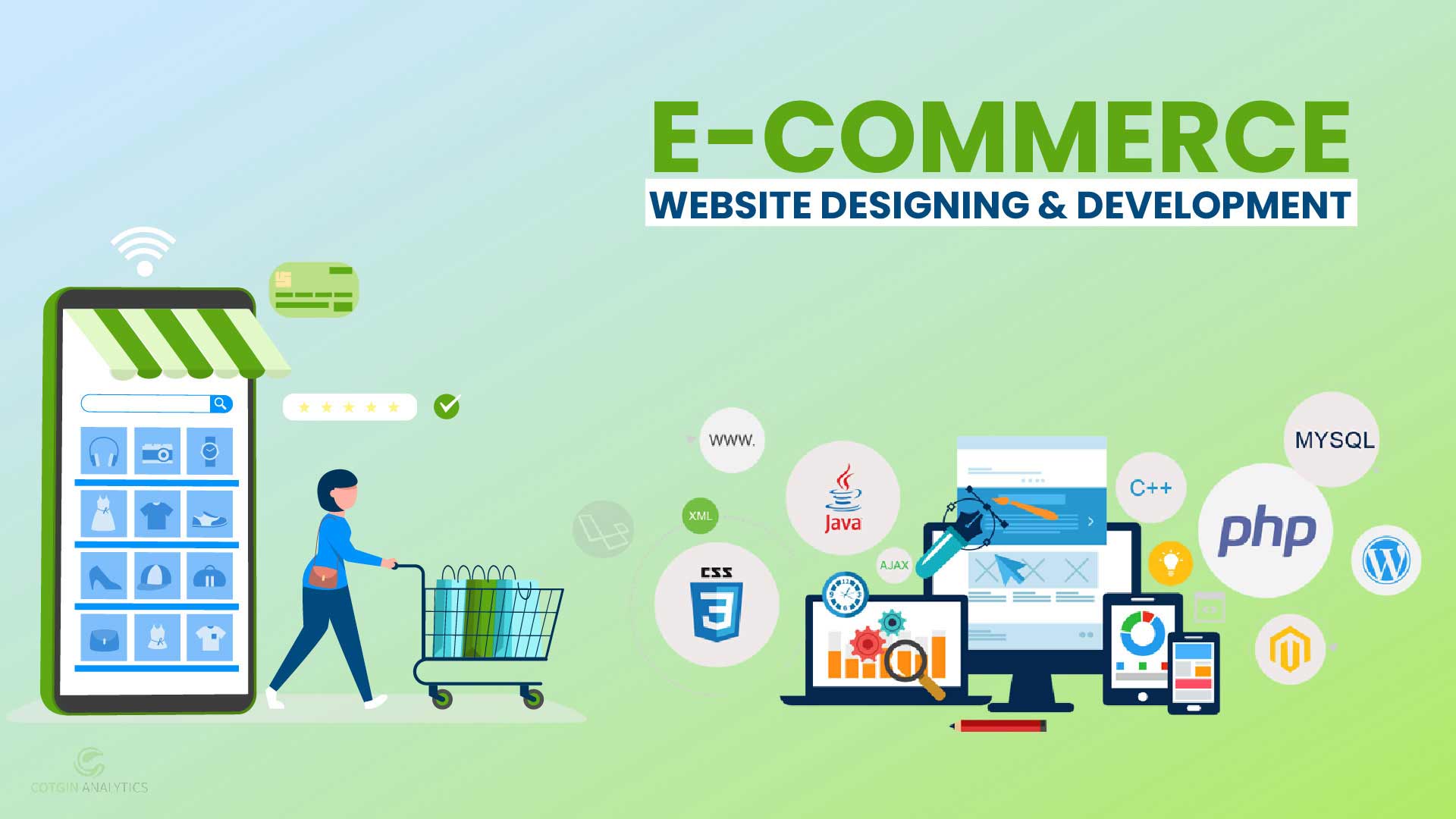The Art of Crafting Exceptional Ecommerce Website Designs: A Comprehensive Guide

The Art of Crafting Exceptional Ecommerce Website Designs: A Comprehensive Guide
In the fast-paced world online commerce, a visually appealing and user-friendly website is a non-negotiable factor success. With the exponential growth ecommerce, the competition is fierce, and your website design can make all the difference.
1. Understanding the Ecommerce Landscape:
Before diving into intricacies of design, it's crucial to understand the ecommerce landscape. Ecommerce encompasses a wide range businesses, from small online boutiques global giants like Amazon. Knowing your niche, target audience, and competition is essential for shaping your design strategy.
2. User-Centered Design:
User experience (UX) is at the heart any successful ecommerce website. Start by understanding your users' needs, behaviors, pain points. Conduct user research, gather feedback, and use this information to create a website that addresses their specific requirements.
3. Responsive Design:
In the era of mobile shopping, responsive design is paramount. Your website must adapt seamlessly to various devices and screen sizes. Ensure that buttons are easily tappable, images load quickly, and text remains legible on all screens.
4. Intuitive Navigation:
Complex navigation can frustrate users and lead to high bounce rates. Employ intuitive menu structures, clear categorization, and search functionality to help users find what they're looking for quickly. Implement breadcrumbs and filters to enhance the navigation experience.
5. High-Quality Imagery:
Ecommerce is a visual medium, and high-quality product images are non-negotiable. Invest in professional photography or product renders to showcase your offerings in the best possible light. Zoom and 360-degree views can further enhance the user's perception of your products.
6. Clear Calls to Action (CTAs):
Encourage users to take action with strategically placed CTAs. Whether it's "Add to Cart," "Buy Now," or "Learn More," CTAs should stand out and guide users toward conversion. Use contrasting colors and compelling copy to make them irresistible.
7. Streamlined Checkout Process:
Cart abandonment is a common challenge in ecommerce. Simplify the checkout process as much as possible. Offer guest checkout, multiple payment options, and clear progress indicators. Reducing friction at this stage can significantly boost conversions.
8. Trust-Building Elements:
Earning trust is crucial in online shopping. Display trust signals like SSL certificates, customer reviews, and secure payment icons prominently. A clear privacy policy and easy-to-find contact information also contribute to trustworthiness.
9. Personalization and Recommendations:
Leverage data to personalize the shopping experience. Recommend products based on user behavior and preferences. Personalized recommendations can increase cross-selling and upselling opportunities.
10. Performance Optimization:
A slow website can deter customers. Optimize page loading times by compressing images, using content delivery networks (CDNs), and minimizing HTTP requests. Regularly test your website's speed to ensure it meets industry standards.
11. Mobile-First Approach:
Given the prevalence of mobile shopping, consider a mobile-first approach to design. Start with the mobile version of your website and then scale up to larger screens. This ensures that the mobile experience is exceptional.
12. Aesthetic Appeal:
While functionality is crucial, aesthetics matter too. Your website should align with your brand identity and create a visually pleasing environment for shoppers. Consistent typography, color schemes, layouts contribute a cohesive design.
13. Accessibility:
Ensure your website is accessible to all users, including those with disabilities. Implement alt text for images, provide keyboard navigation options, and follow accessibility guidelines to make your site inclusive.
14. Testing and Optimization:
Regularly test and optimize your website design. Conduct A/B tests to refine elements like CTAs, product pages, and checkout flows. Use analytics to track user behavior and make data-driven improvements.
15. Security:
Protecting customer data is paramount. Invest in robust security measures, including SSL certificates, encryption, and regular security audits.
Crafting an exceptional ecommerce website design is a complex and ongoing process. It requires deep understanding your audience, commitment to user-centric principles, and dedication to continuous improvement. By following strategies outlined in this guide, you can create website that not only attracts visitors but also converts them into loyal customers, ultimately driving success your ecommerce venture.